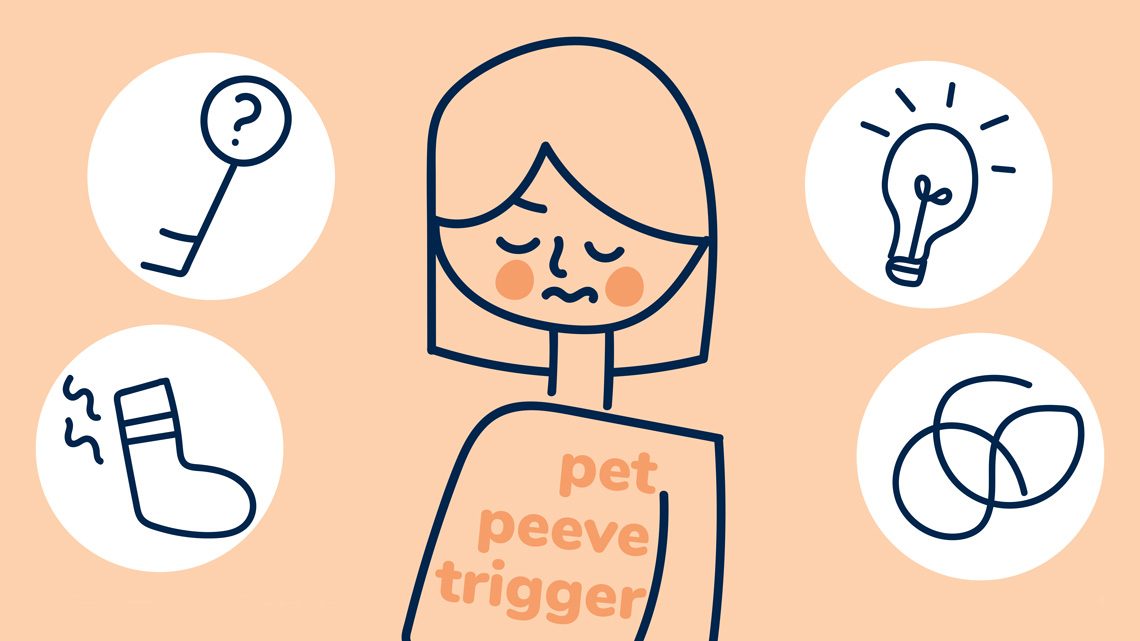
Assignment
In Professor MacTavish’s Persuasive Interaction Design class, students learn persuasive design theories, discuss related ethical issues, and explore strategies and techniques in creating persuasive experiences that aligned with participant goals. Each class member chooses a project topic that is relevant to their interests and designs a project that is intended to support and persuade their intended audience to change their attitude or behavior. This semester, student projects were clustered around the categories of social action, personal productivity, and self-care. A few of the presentations are highlighted below.
Final Results
Forming Habits for Reading Nonfiction Books (Hongxuan Ge, MDes 2017)
Hongxuan used different persuasive methods to help readers finish a long nonfiction book, to understand the content and to help people form a habit of reading.
HomeHarmony (Raina Russ, MDM 2019)
HomeHarmony is a relationship management application that acts as a mediator for roommates struggling with pet peeves. Through tailored interactions, HomeHarmony enables individuals to recognize when they are likely to offend with a pet peeve and helps them to avoid it using an array of social motivators.
Ritualize Meditation (Cheng-Hsiang Yang, MDes 2017)
One of the biggest challenges for urban meditation practitioner is to find a quiet space and squeeze 20 minutes out of their daily life. Omedi is a meditation app that enables users to practice meditation in their daily routines, such as commuting and exercising, and enjoy immersive meditation experience in the fast-moving urban lifestyle.
Developing Consistent In-home Workout Routines (Xinyue Zhou, MDes 2017)
Establishing a regular exercise habit is a challenge for many people, especially without an external intervention such as personal trainer. In this short project, Xinyue explored how to use persuasive technologies and leverage the smart home system to change users behavior. Through the smart home system, she looked at using sensors (camera, wristband, entertainment devices, etc) to track user’s activities and emotions, using any speaker for voice incentives and using any displays (phone, TV, tablet, etc) for visual incentives. Target users are people who are willing to improve their health conditions through regular exercise but failed to use self-incentives.
Tags:
Faculty
Students
Raina Russ
Xinyue Zhou
Cheng- Hsiang Yang
Tom MacTavish
Hongxuan Ge